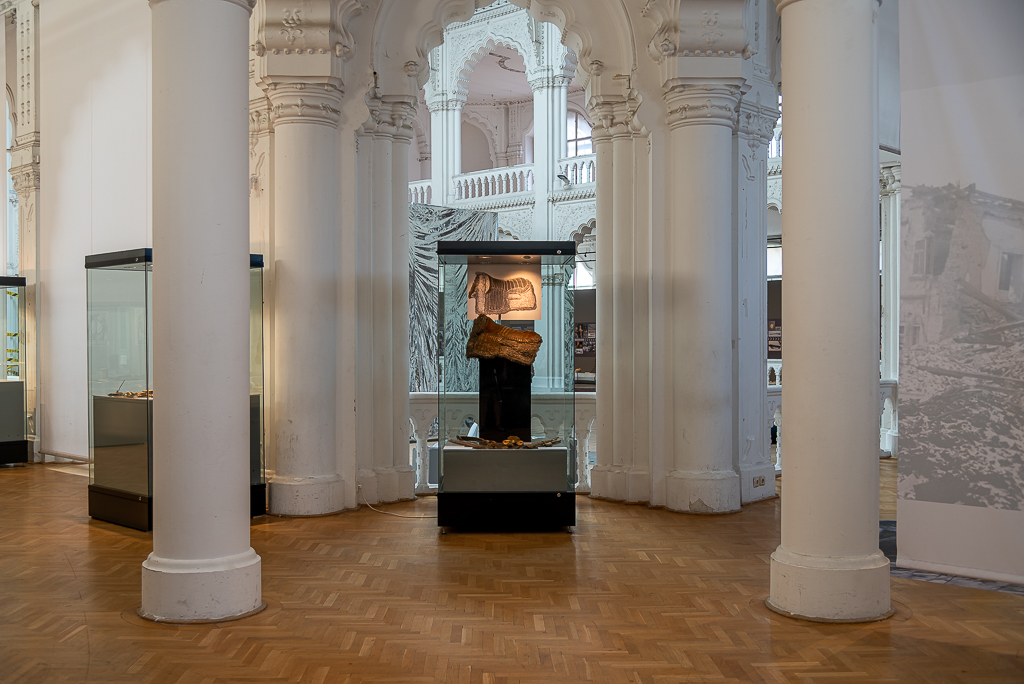The short title of the exhibition is Opus 735, as this is the museum's 735th exhibition in the course of its 150 years. Its longer title is Opus 735 – Traces of War on Artworks from the Treasury of the Princes Esterházy, on view until 25 September, registration required. Visitors should enter the museum from Hőgyes Endre utca and then through the courtyard, not the main entrance.
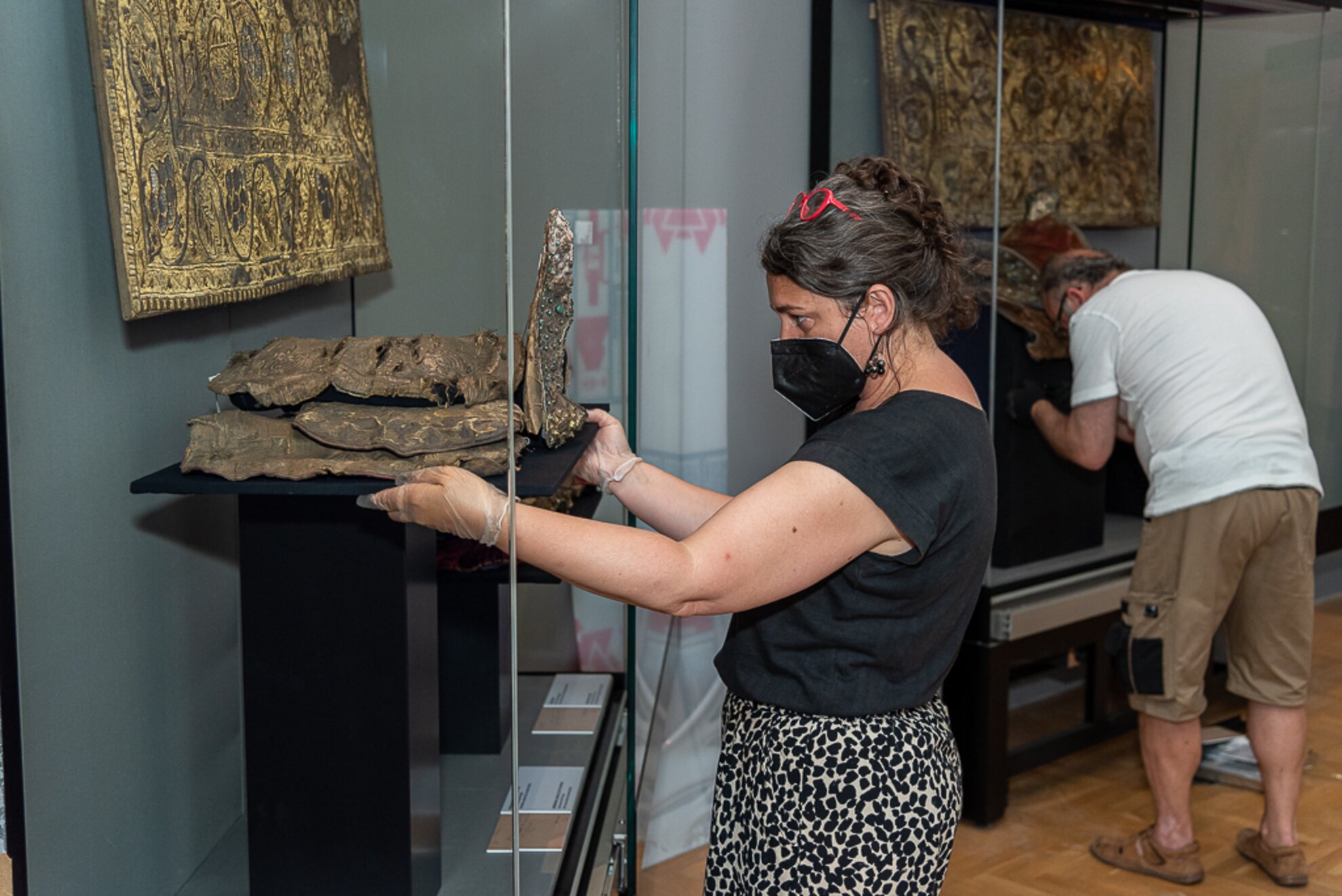
The 60 artefacts include weapons, decorative saddles, cutlery, ornaments, goblets and a columnar table clock. Or rather, pieces of them, as many items the restorers could no longer restore completely. However, their former beauty is evident even in the ruined state you see them, sad examples of the senseless destruction of war.
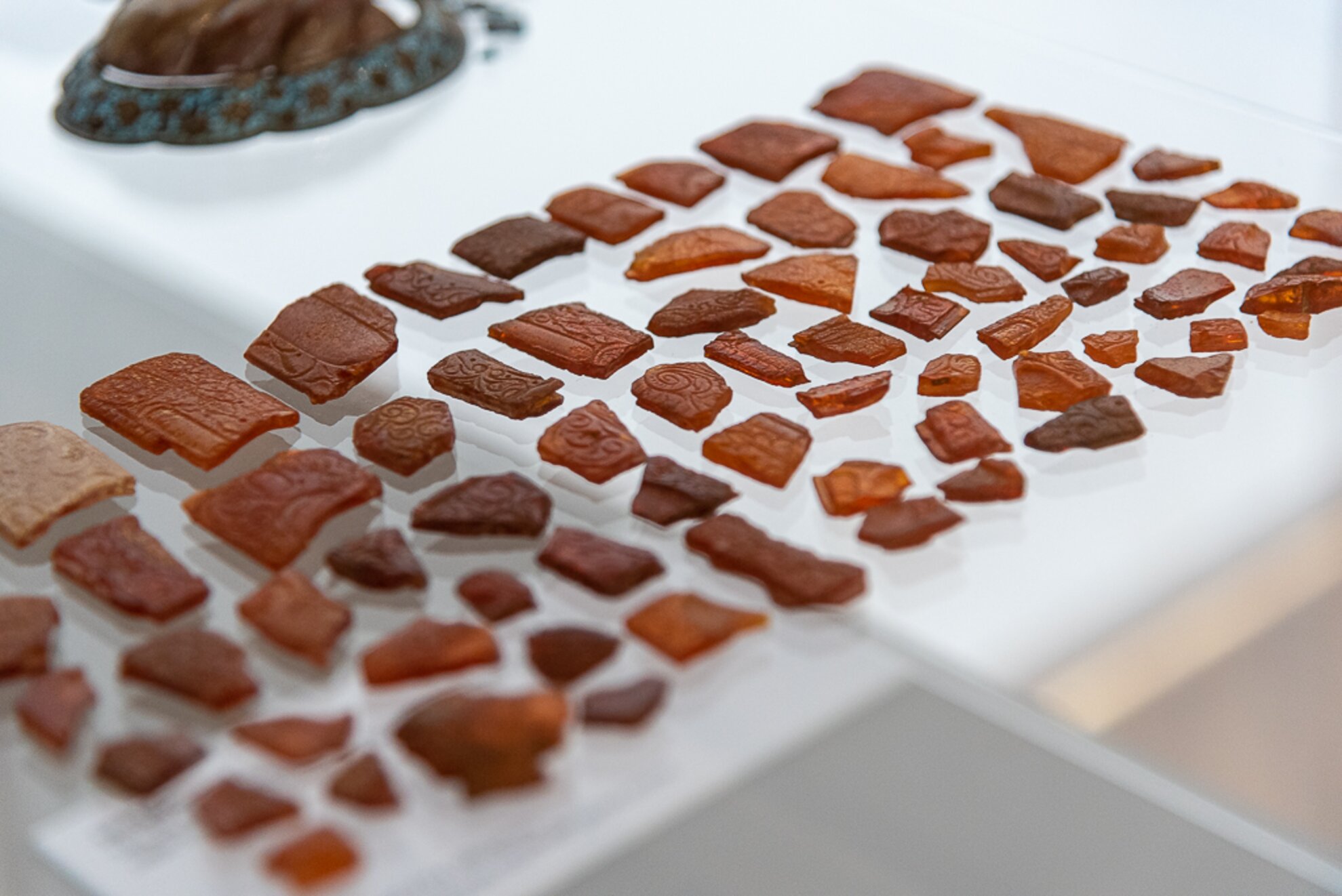
The
Esterházy family began to rise from the 16th century, and their collection of
art treasures grew from century to century. Items were acquired as gifts or
dowries then later, after the defeat of the Turks in 1686, as spoils of war. At
the same time, expert patronage was put to good use in collecting art
treasures.
In 1626, Miklós Esterházy acquired Forchtenstein Castle, in Eistenstadt,
Austria, for the family. It was perfectly suited to protect and serve as a home
for the increasingly valuable collection, as it was considered relatively
modern and secure at the time.
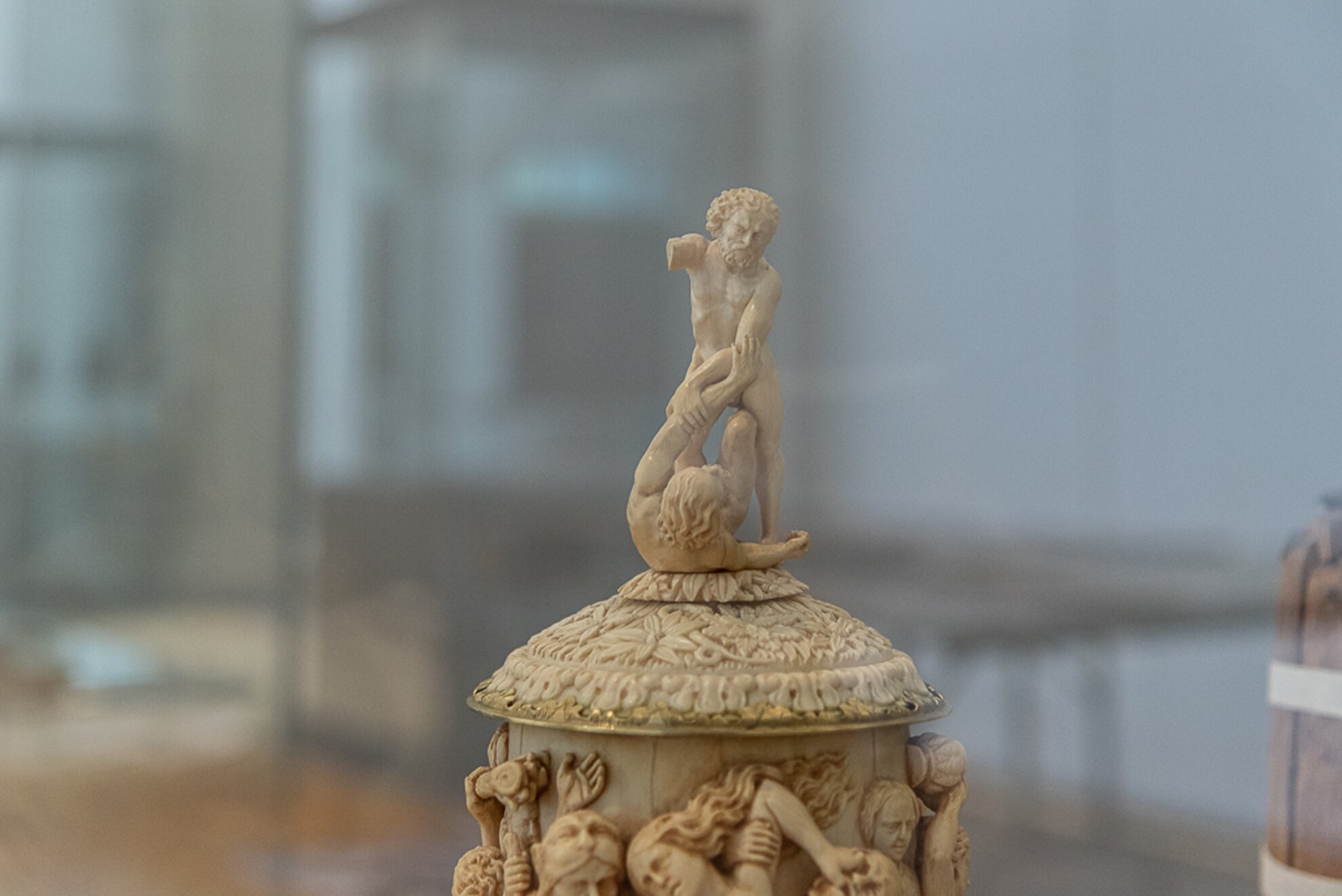
The next important step was the decision and legal action of Pál Esterházy in 1695, which took the collection into a family trust, which protected the priceless valuables, because then it could not be divided, dismantled or carried away. Thanks to this, the collection has remained together for centuries.
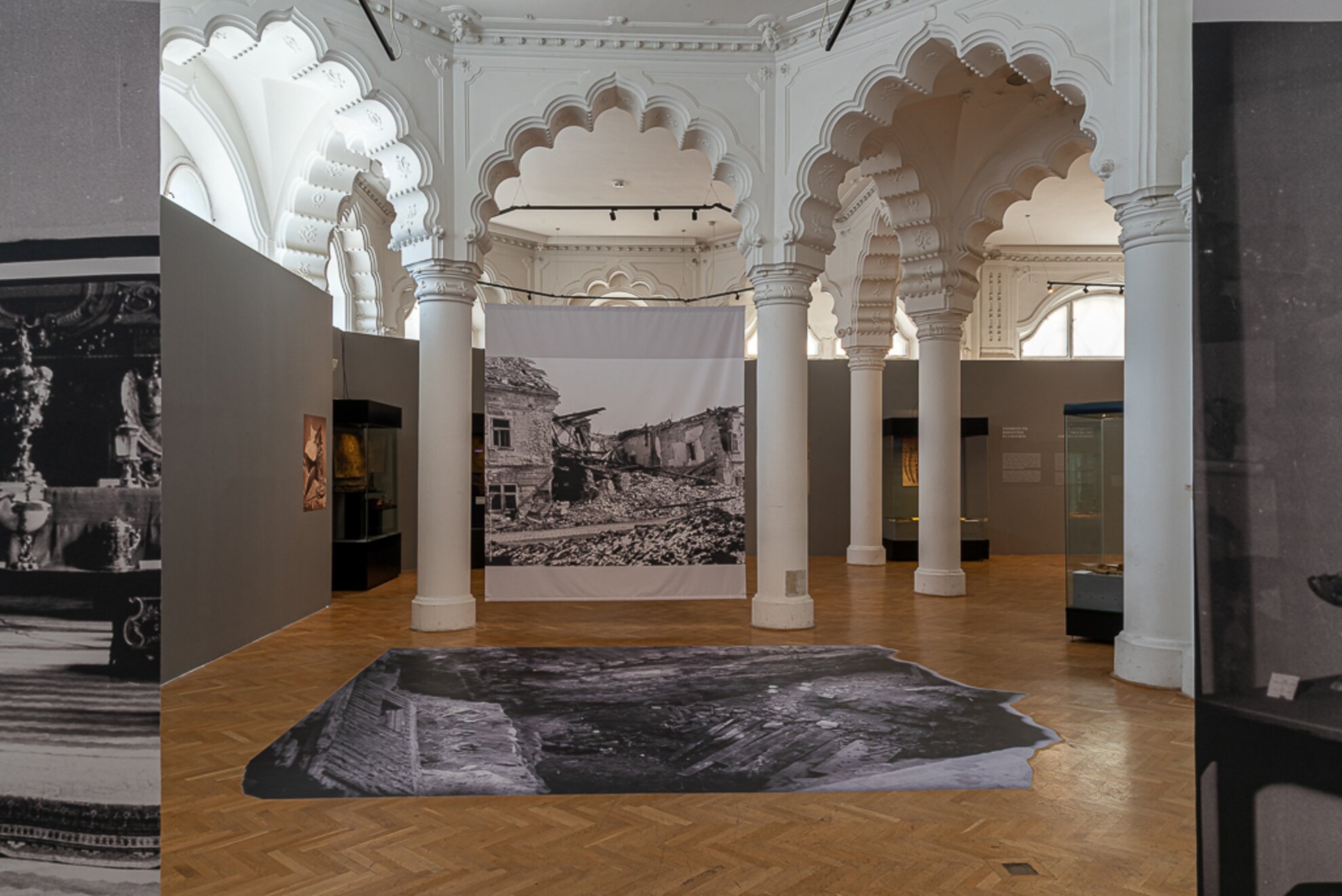
The first emergency occurred in the troubled times after World War I. Hungary’s Soviet government of 1919 nationalised everything, including the Forchtenstein collection, and had it all transported to the Museum of Applied Arts.
The director at the time, Gyula Végh, considered that it best to lock it all away safely, so he hid the collection in the basement of his own service apartment. He walled up the windows of the storage room and locked the art treasures in modern safes.
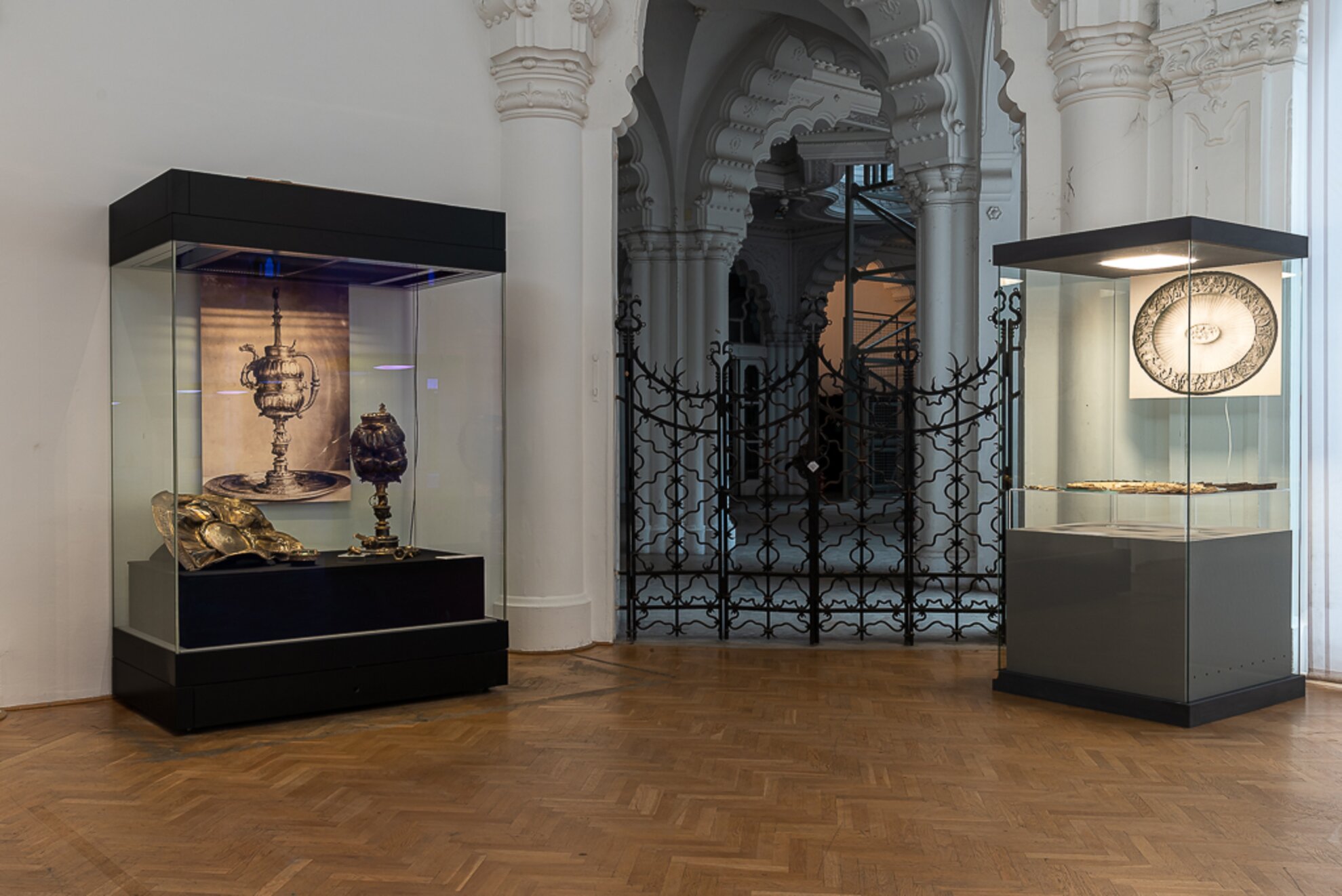
After the
fall of the Soviet Republic, the Esterházy family decided to leave the
collection in the museum out of gratitude, where the exhibition presenting the
Esterházy treasures opened on 20 April 1920, on view to visitors until 1942.
At
the end of 1944, when the front was moving closer to Budapest, the family decided
to move the collection to Buda Castle, to Esterházy Palace on Tárnok utca,
because they considered that they would be safest there. Unfortunately, the
building was one of many to be heavily bombed in January 1945. The
collection then stayed underground for three years.
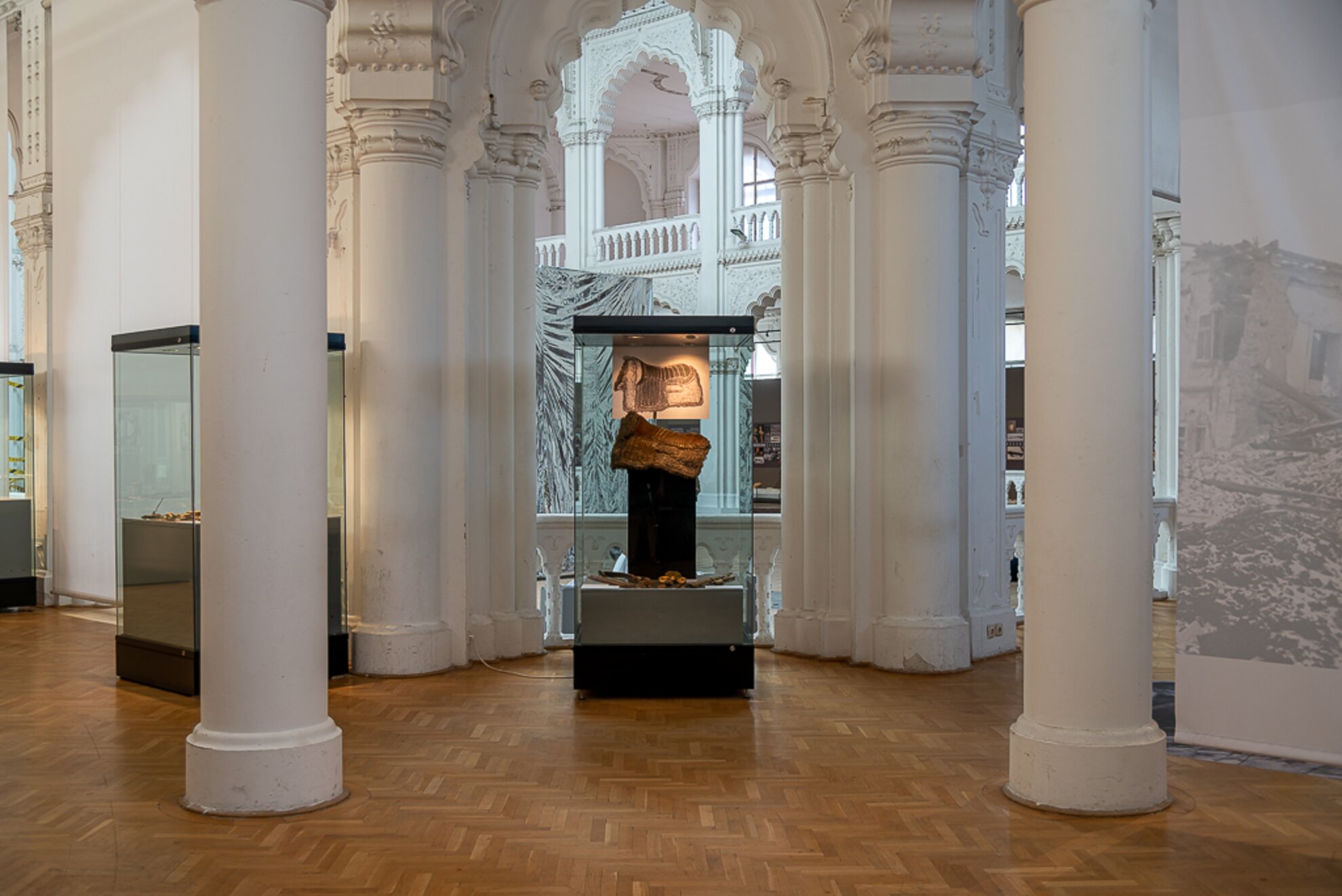
In
December 1948, Pál Esterházy instructed the Museum of Applied Arts about the
priceless collection under the ruins on Tárnok utca, which was excavated and
returned. It was taken then over by the State and began to be inventoried.
A
fairly large part of the art treasures was damaged, so a 70-year-long
restoration process began, after which the rescued pieces, and the ones that
remained intact, were presented to the public from time to time.
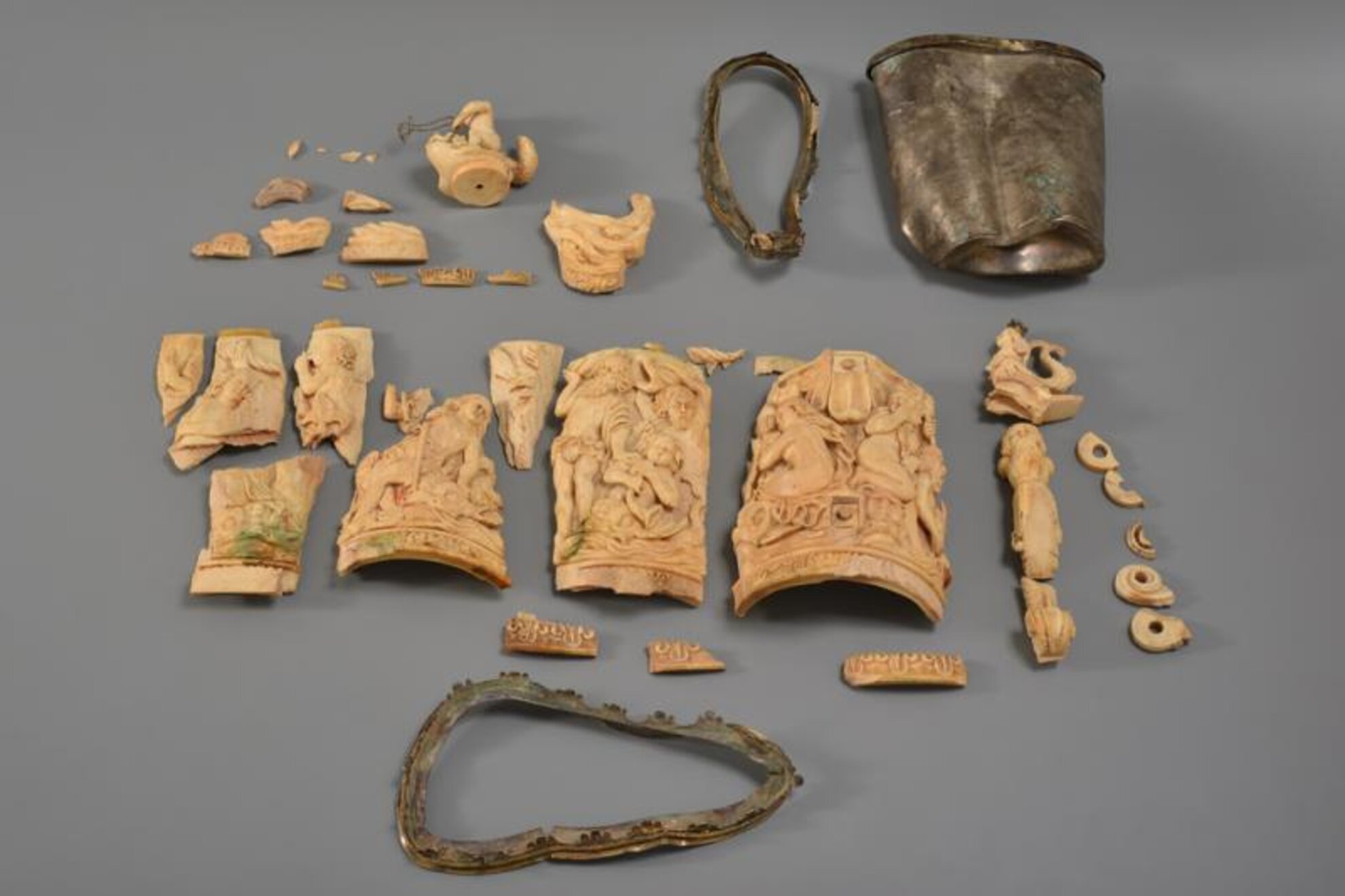
This exhibition presents the pieces that could not be repaired. This is particularly painful because the damaged items reveal just how beautiful the object would have been when it was still intact. Most were photographed at the time and these images can also be viewed as part of the exhibition. There are also on-site photos that were taken during the excavation of the treasury from wartime rubble.
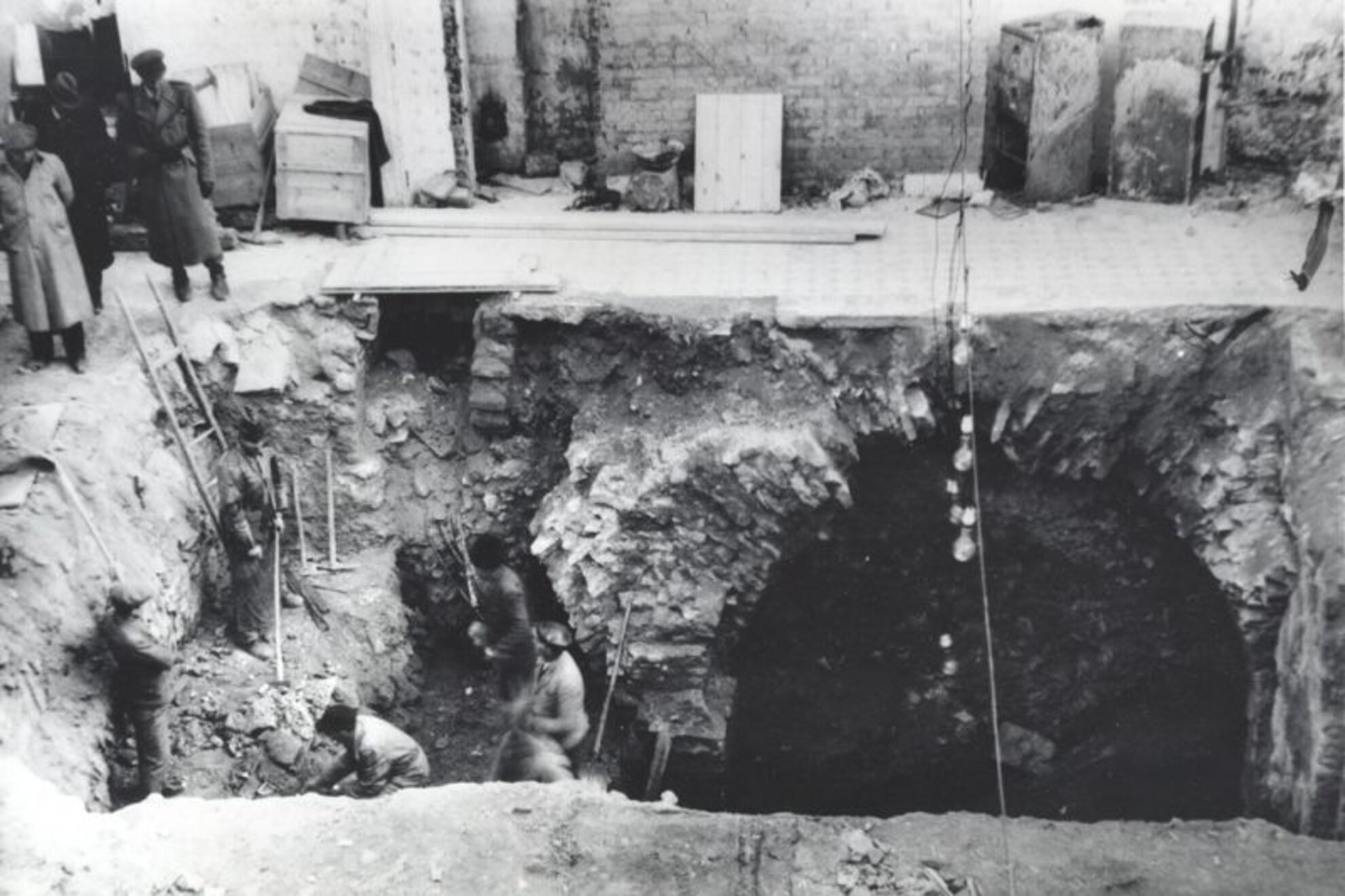
At the end of the exhibition, a gigantic, photo-based timeline presents the process of 70 years of restoration. In these pictures, you can see the amazing work carried out by the Hungarian restoration profession for many decades. You see how everything has been remade. It may not make up for the loss but it helps the visitor understand the value of what they’re looking at.
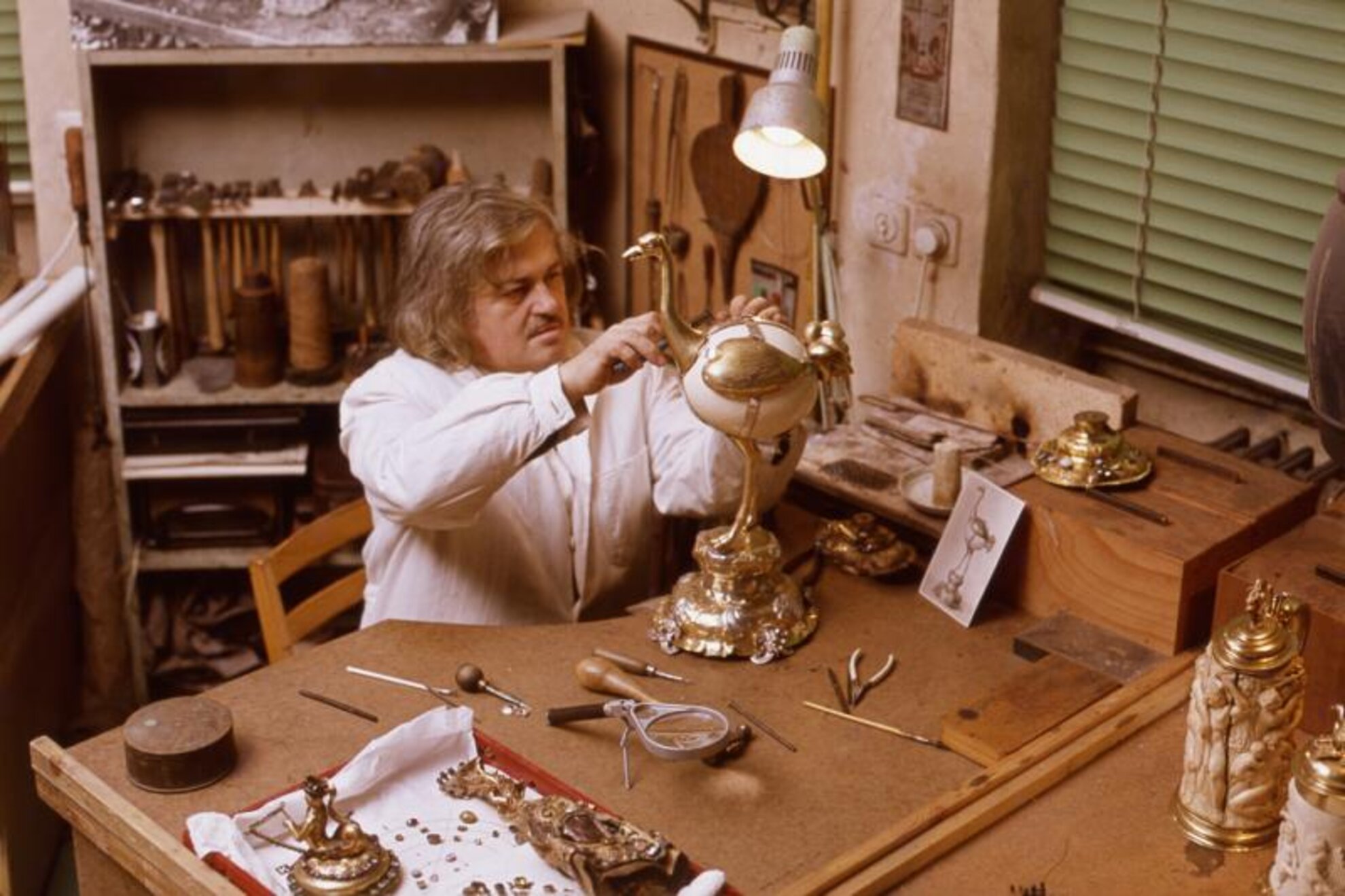
How to see the exhibition
Opus 735 can be viewed until 25 September at the Museum of Applied Arts (1091 Budapest, Üllői út 33-37) Thursdays, Fridays and Saturdays, roughly hourly 2pm-8pm. Book your time slot here. Admission is 5,500 forints.
